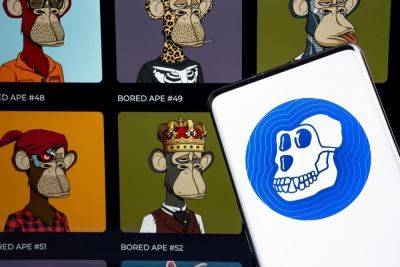How AI-powered technologies protect brands from IP fraud in Web3
Brands and creators exploring Web3 are wary of IP fraud and wash trading risks, but AI-powered technologies can detect such problems and make this emerging ecosystem safer for all participants.
Web3 is about to knock on every brand’s door. Innovations like nonfungible tokens (NFTs) offer unique benefits for creators and brands, like securing ownership on the blockchain, establishing direct connections with audiences and offering customized experiences.
Despite the unprecedented features, the reality slap can be painful. Many companies and brands that want to become early adopters of Web3 realize that this is a complex, fragmented and underregulated landscape that leaves room for intellectual property (IP) fraud and other risks.
The decentralized nature of Web3 can democratize interactions and encourage a fair economic model, but it brings issues to both established brands and new creators.
One of the most ardent problems in the Web3 space is the risk of IP fraud. In the traditional Web2 environment, brands have established legal and regulatory frameworks to protect their IP rights. Web3, however, leverages decentralized infrastructures that make IP protection more complicated. Bad actors can forge, plagiarize and assume brand identities while having the means to avoid being caught.
Consumers might end up with fake NFTs, with IP theft being one of the major concerns. These dilute brand value and create mistrust among consumers and creators. Inflated valuations or perceptions of real brands through knock-offs add to the friction, hindering the entry of some larger brands into the Web3 space.
Without the tools and capabilities to verify the authenticity of digital assets, a creator’s original work can be copied and traded
Read more on cointelegraph.com






















